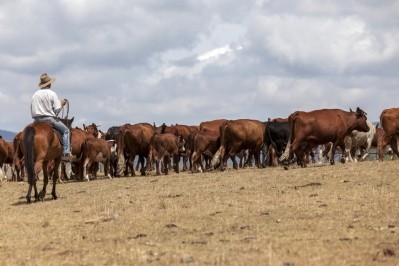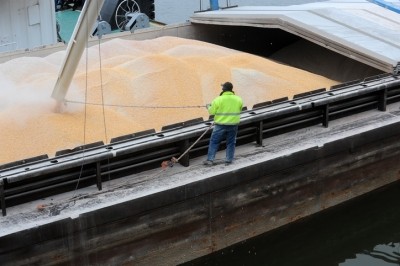Chinese livestock gets a taste for Australian barley

According to the trade association, whilst China has long been a major buyer of Australian barley for beer production, exports to the country have been on the rise since 2014, driven in part by increasing demand from the pig, poultry and aquaculture industries for feed grade barley.
“China has been a consistent and major buyer of Australian barley for malting purposes for many years, buying 1.5 to 2 million metric tons per annum. Australian barley exports to China increased significantly starting from 2014/15, with much of the additional barley directed into animal feed consumption,” AEGIC program leader Barry Cox told FeedNavigator.
“Barley is a valuable feed ingredient that can be used across a range of animal feed applications. In China, barley is often dehulled, ground and pelletized and used mainly in pig and poultry feeds,” he said.
Cox confirmed that China is now buying around 4.2 million metric tons of barley – worth US$1.2 billion each year – from Australia each year. This equates to about 60% of China’s total barley requirements.
Top exporters
In recent years Australia has grown in importance as a barley exporter on the world stage and now matches the EU in terms of export volumes. In 2017/18 both sources exported 6.2 million metric tons, making them the world’s biggest sellers of barley. Russia, Ukraine, Argentina, Canada and – latterly – Kazakhstan are the other main exporting countries.
Asked why Chinese buyers favor Australian barley for their feed requirements, Cox listed several reasons: “Australia is highly regarded as a reliable and consistent supplier of high quality barley that is low in moisture, clean, plump, safe and consistent in terms of its nutritional profile; Chinese feed industries favor two-row Australian barley given its high fiber, good protein and lower screenings versus six-row barley; Australia enjoys a freight advantage over other origins; and lastly, demand from the Chinese aquaculture industry remains favorable to Australian barley.”
Of course, China supplements Australian barley with imports from other sources. This month’s US Department of Agriculture (USDA) Foreign Agricultural Service (FAS) figures indicated that this year (2018/2019), China will import 9.5 million metric tons of barley in total, making it the largest global consumer of the grain. Saudi Arabia is the second largest buyer, importing around 8 million metric tons annually.
Small but significant
Australia’s significance on the world stage belies its comparatively small production; in 2017/18, Australia produced 8 million metric tons, compared with EU and Russian harvests of 59 and 20 million metric tons respectively. This is because the majority of barley produced by Australia ends up as export grain – a strategy that is clearly promoted by AEGIC.
“The Australian Grains Export Innovation is actively communicating the quality of malting and feed barley to Chinese and other export customers to ensure Australian barley growers remain well positioned against their competitors,” said Cox.








